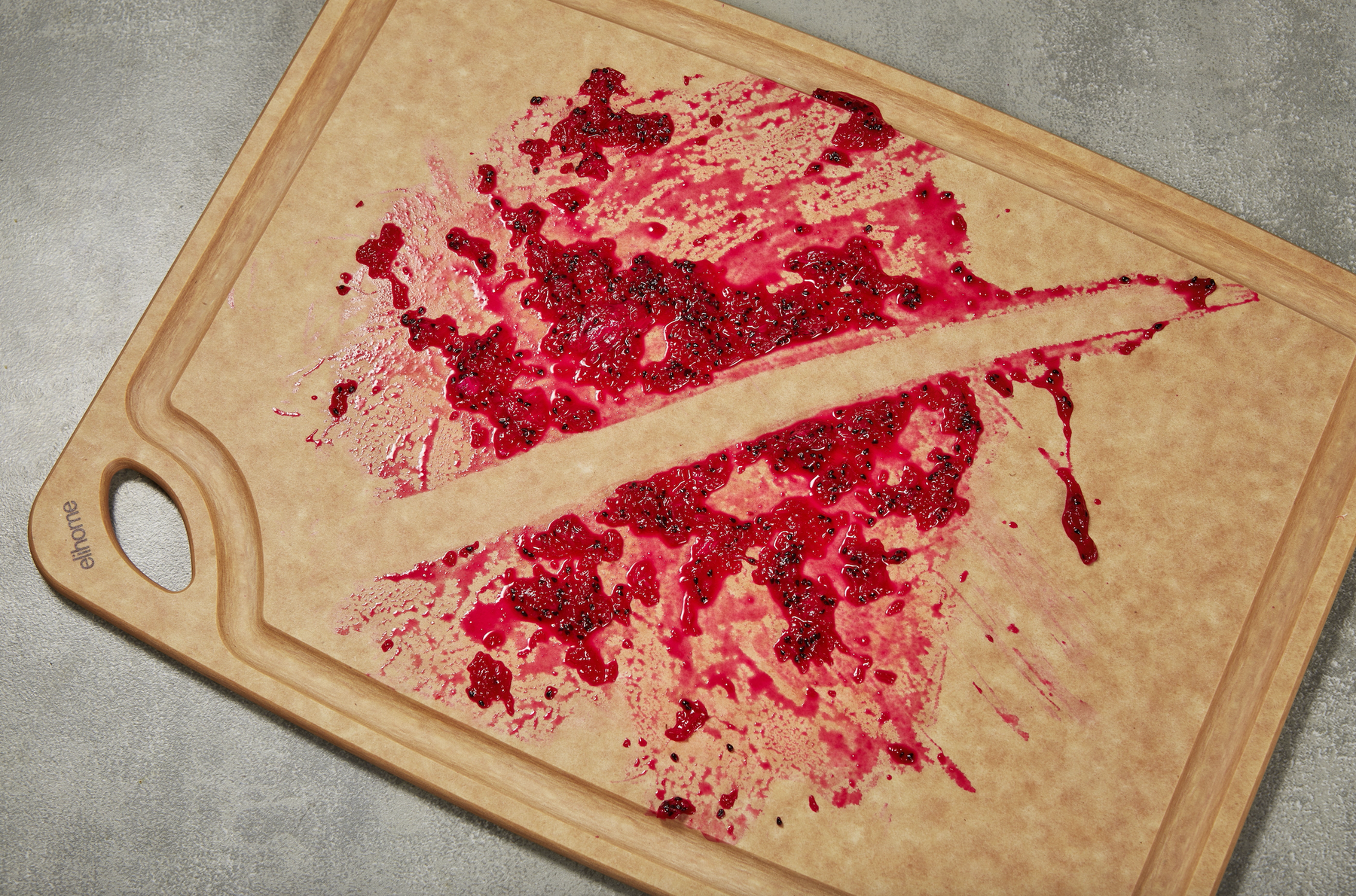
Are Non Porous Cutting Boards Safer Than Wooden Ones?
Differences Between Non Porous and Wooden Cutting Boards
Non porous cutting boards, made of materials like paper composite, have a smooth surface that limits bacteria absorption, unlike wooden cutting boards.
Wooden cutting boards, on the other hand, have natural ‘give,’ which helps protect knife blades but can also harbor more bacteria if not properly maintained.
The key difference lies in the material; non porous boards prevent deep knife cuts that can hide bacteria, making them easier to clean thoroughly.
Wood boards, being porous, require more attention to cleaning to ensure food safety and should be regularly treated with food-grade mineral oil to maintain their condition.
While wooden boards develop a rustic look over time, non porous boards maintain their sleek appearance and are less likely to retain odors from strong-smelling foods.
In the debate between non porous and wooden cutting boards, the choice often comes down to personal preference, maintenance habits, and intended use.
Safety Considerations for Non Porous Cutting Boards
Non porous cutting boards are generally considered safer in terms of preventing bacterial contamination due to their easy-to-clean surfaces.
They are ideal for cutting raw meats, poultry, and fish as they offer a non-absorbent surface that reduces the risk of cross-contamination.
Regular cleaning with hot soapy water or placing non porous boards in the dishwasher at high heat can effectively sanitize them after each use.
It’s important to note that deep scratches on non porous boards may still harbor bacteria, so replacing them when heavily worn is advisable for optimal food safety.
When used properly and maintained well, non porous cutting boards can provide a hygienic surface for food preparation and minimize the chance of foodborne illnesses.
Safety Considerations for Wooden Cutting Boards
Wooden cutting boards require more care and attention to avoid bacterial contamination compared to non porous alternatives.
They are best suited for cutting fruits, vegetables, and bread to reduce the risk of bacteria from raw meats seeping into the board’s pores.
Regularly oiling wooden cutting boards helps create a natural barrier that inhibits bacteria growth and prolongs the board’s lifespan.
Proper cleaning with hot soapy water and thorough drying after each use are crucial steps in maintaining the hygiene of wooden cutting boards.
Unlike non porous boards, wooden cutting boards are more prone to absorbing odors and stains, requiring additional care to keep them sanitary and pleasant to use.
While wooden cutting boards have their charm and history, they demand consistent upkeep to ensure food safety standards are met in a kitchen environment.
Tips for Choosing the Safest Cutting Board for Your Needs
When selecting a cutting board, consider your food preparation habits, cleaning routines, and frequency of board usage to determine the best option.
If you handle a lot of raw meats or require frequent sanitation, a non porous cutting board might be the most suitable choice for your kitchen.
For those who prefer the aesthetics and feel of wood, investing in high-quality wooden cutting boards and following proper maintenance practices is essential.
Having multiple cutting boards designated for specific food types can also help reduce the risk of cross-contamination and maintain food safety standards.
Ultimately, the safest cutting board is one that fits your needs, is easy to clean, and allows you to prepare food comfortably and confidently in your kitchen.
